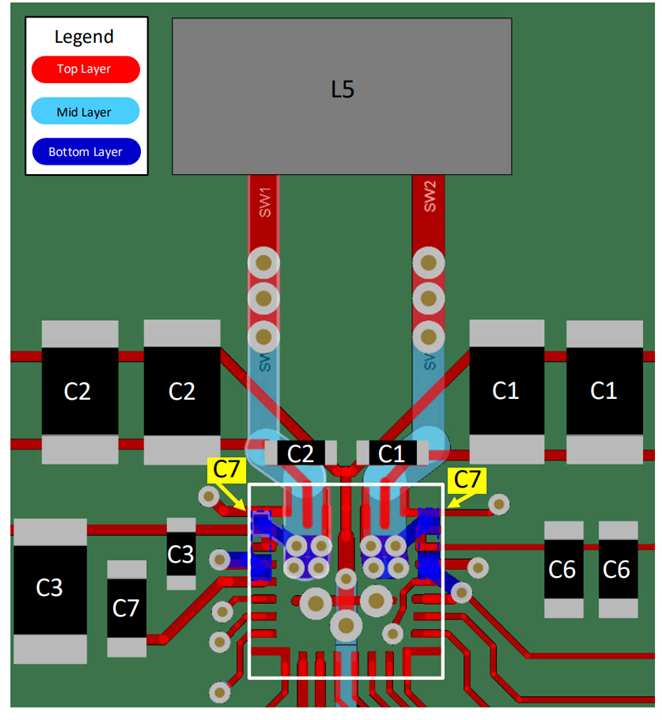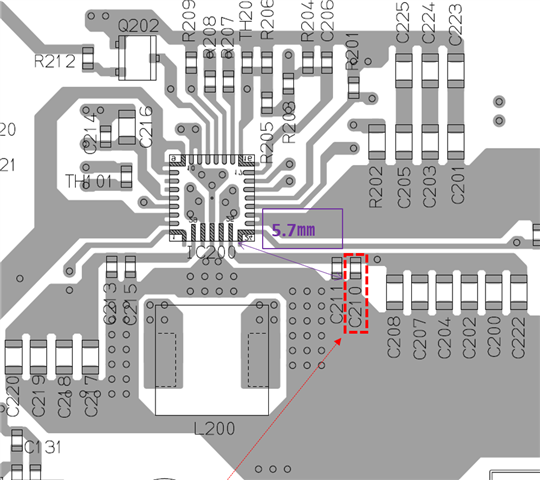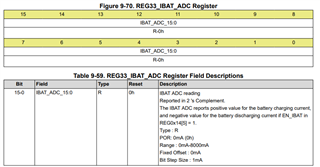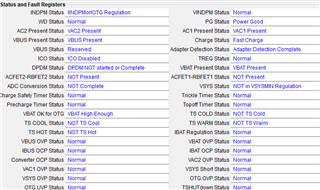Other Parts Discussed in Thread: TPS25751,
Tool/software:
Dear Sirs and Madams,
We are debugging using a combination of BQ25792 and TPS25751.
The configuration is as follows:
- Battery : 4-cell lithium-ion battery
- Input voltage: 12V (PDO of USB PD is 12V/2.25A)
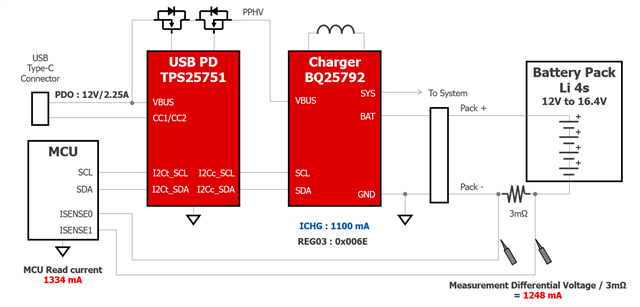
The charging current of the BQ25792 is set to 1100mA.
A low resistor (3mΩ) was connected to the low side of the battery and the voltage across the resistor was measured with a digital multimeter to obtain the current value, which was 1248mA.
When both ends of the resistor were measured with the MCU's current sense function, the MCU measured 1334mA.
We can see that the battery voltage is being charged at a constant current from 13V to 16.4V, but the charging current is higher, such as 1248mA (113%) or 1334mA(121%), than the 1100mA set in the register.
Is it possible for an error of nearly 20% to occur in the charging current during boost operation like this?
Regards,
Masashi


